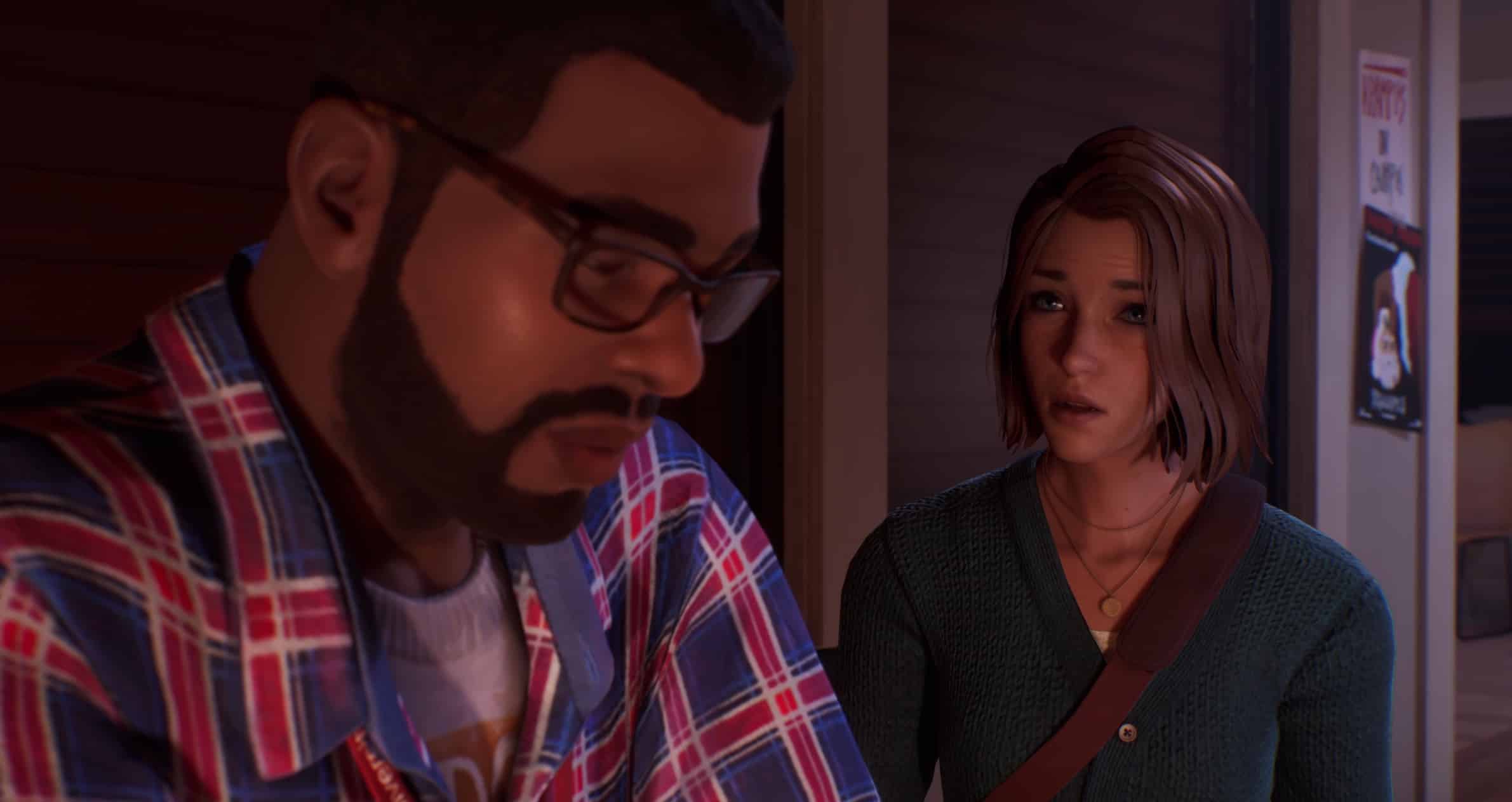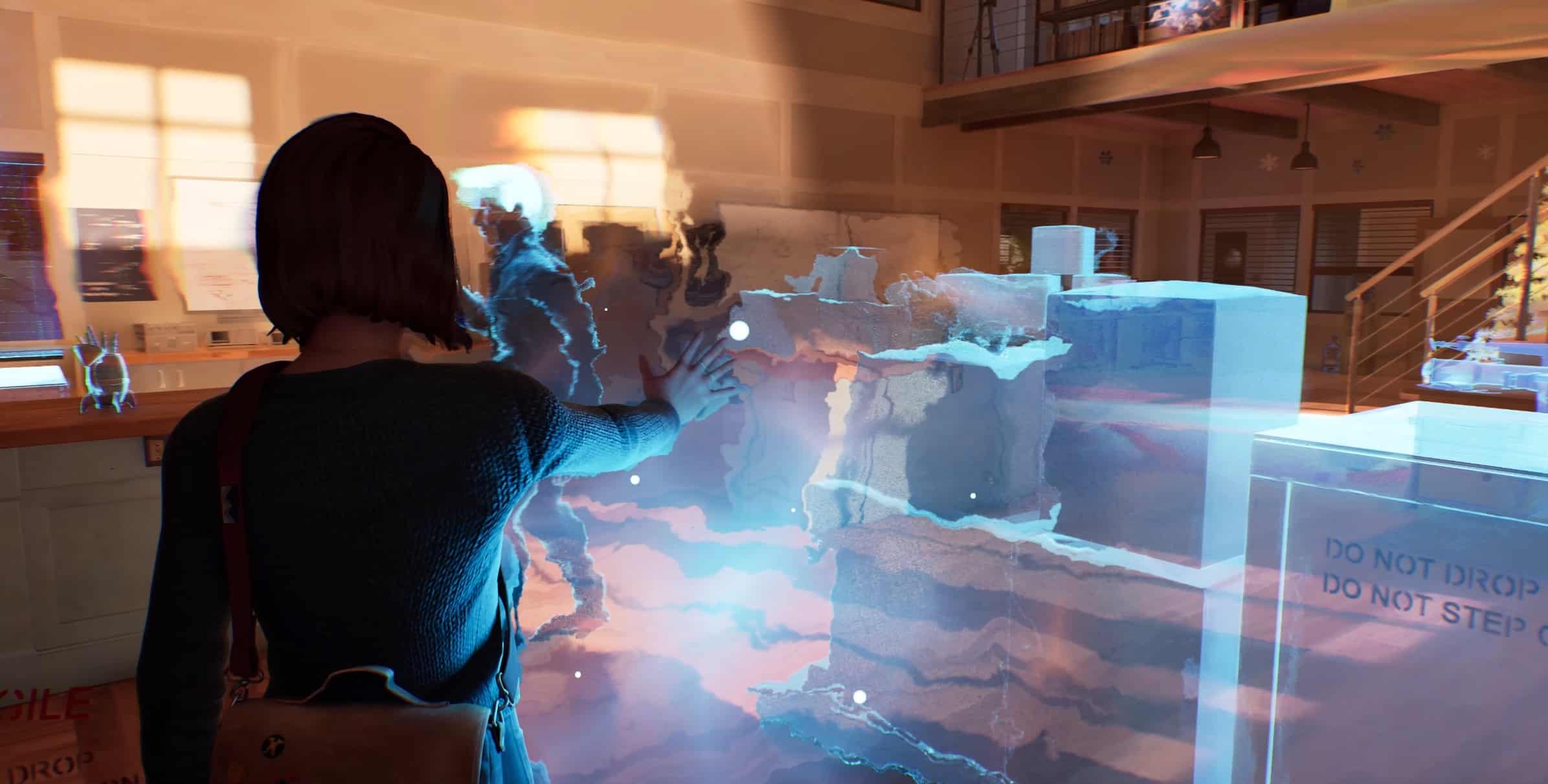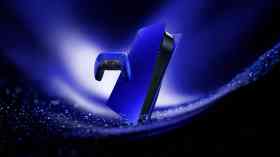Life is Strange: Double Exposure is a sequel not many saw coming. You’d think Life is Strange protagonist Max Caulfield had been through enough. But as it goes, there’s always room for more trauma – and so, Double Exposure is on the way to put Max through the emotional wringer once more.
This game picks up years after the events of the original story, with Max in a whole new town, and with new friends. She hasn’t forgotten the darker parts of her past, but she’s looking to move on and continue a more peaceful life. With the sudden death of her friend Safi, Max is forced to confront her past instead, and re-embrace the long-dormant magical abilities that once saved Arcadia Bay.
As we discovered in a recent gameplay preview, these abilities are now very different compared to those of the original game, with Max able to chart dual universes, crossing between both to investigate Safi’s death, and solve a range of puzzles.
In this particular snippet of gameplay, Max and her friend Moses face interrogation by a detective investigating Safi’s seeming murder. They’re both under suspicion, but Moses has put a foot wrong: worried about particular evidence (not made clear in the demo), he’s taken Safi’s camera and hidden it within his office. Should the detective investigate thoroughly, the camera will be found – and Moses is sweating over that potential.
When your friend is a secret inter-dimensional traveller, there’s not much reason to worry, though.
Life is Strange in a new dimension

Read: Life is Strange: Double Exposure – Digital Preview
After a brief, emotionally-charged conversation between Max and Moses, which paints a very endearing, human picture of them – both thanks to excellent voice work, writing, and atmosphere – Max wanders out of sight, to enter a portal to a newly-discovered secondary universe, where Safi’s death has not occurred.
This lovely universe-tearing mechanic reminds a lot of Ratchet & Clank: Rift Apart, in all the best ways. It’s sleek, snappy, and very novel as Max simply grabs the edges of the universe and “pulls” herself into an alternative world.
Here, the real shenanigans of Life is Strange: Double Exposure shine brightly, as a universe-jumping puzzle presents. While Max is able to traverse both the “Alive Safi” and “Dead Safi” worlds, the camera only exists in the “Dead” timeline. And so, Max must carefully tread an alternative world, corralling an alternative Moses, to figure out where to find the camera.
In little dialogue snippets, where optional answers genuinely feel different – each having their own branching dialogues and potential impacts – Max and “alt” Moses chart a prickly, funny conversation about potential hidden spaces, whether or not Moses keeps a dream diary, and why Max is asking such personal questions. What was most clear in this segment is that Double Exposure has a keen focus on relationship-building, and ensuring dialogue between the main cast feels genuine and realistic.
There were moments in dialogue I certainly recognised from my own conversations with mates – friendly, cajoling, a bit cheeky at times. It helped to illuminate Moses and Max’s character, and how their cross-dimensional charms will form the backbone of this Life is Strange adventure.
With the funny awkwardness set aside, and new clues about a potential camera location, Max then begins a game of Sherlock Holmes, as she picks up dialogue and environmental clues in the hunt for the camera. A reference to a “safe” brings her to the constellation “Saiph” and the unleashing of a special star projector in the “dead” reality. Before she can make use of her inter-dimensional sleuthing, the antagonist detective finally finds a key to Moses’ office, and Max is forced to hide to avoid him.
A rift apart
In a moment of panic, Double Exposure reveals the next twist in Max’s journey: she can cross dimensions, but also pull/push other items across those same dimensions. In seeking a distraction, she accidentally pulls a telescope through a rift, swapping it for its prior dismantled form in the “alive” reality.

Shocked, the detective is fixated by the thing from another world, and Max is able to reach the camera’s hiding place, and recover it for Moses. In the final parts of this game demo, she reveals the camera – which she can’t possibly have – to the curious eyes of Moses. No doubt this reveal will lead to more conversations, and perhaps a grander reveal about Max’s reality-defying ways.
It’s a conversation we’re certainly looking forward to, as the demo for Life is Strange: Double Exposure has left plenty of room for curiosity.
The game’s inter-dimensional puzzles seem wonderfully satisfying, with the one included in the demo requiring plenty of thought: in discovering the location of Saiph, finding the star projector, lining up the stars with a nearby mural, and then working out how to distract the detective. As this appears to be an early game puzzle, we can only assume the road grows more complex from here.
Elsewhere in the Life is Strange: Double Exposure demo, the depictions of Max and Moses and their relationships in both worlds proved particularly endearing. With a slower pace, Double Exposure gives Max plenty of moments to shine, and there’s particular care taken in her facial expressions and movement – in the twitch of an eyebrow or the downturn of eyes, you can see her doubt, her hesitation, her fear.
As a character-driven story, this Life is Strange sequel relies on those details to form a personal connection – but it’s surprising just how effectively it’s instilled. With just a small taste of what’s to come, Deck Nine has successfully enthralled us.
Life is Strange: Double Exposure launches for PlayStation 5, Xbox Series X/S, Nintendo Switch and PC on 29 October 2024.





